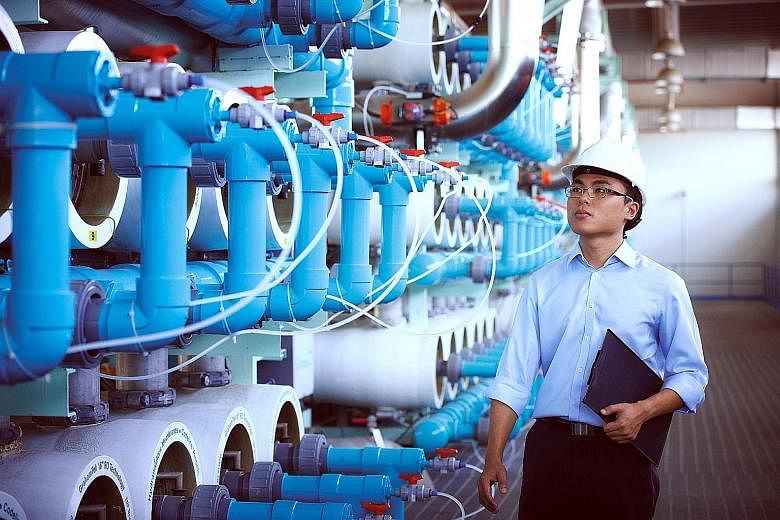A cooler Singapore, with temperatures below 30 deg C, may seem like an impossible dream.
Yet, it is one of the ambitious research goals in the urban solutions and sustainability sector, which will receive $900 million in funding in the next five years under the Research, Innovation and Enterprise (RIE) 2020 plan.
The 13 lead agencies in the domain, including the Ministry of National Development, Energy Market Authority and national water agency PUB, will look into research on energy, land and water concerns.
The Land and Liveability National Innovation Challenge, launched in 2013, will carry on under the RIE2020.
The goal is for researchers to cut ambient temperature by 4 deg C in residential estates.
This could be through new building materials that absorb and convert excess heat for storage or other uses.
Research will also focus on developing new ways of creating space, such as underground facilities in basements and deep caverns, or through land reclamation and even large floating structures.
The sector is also tasked with maintaining the stability and reliability of the nation's power grid, and keeping energy prices affordable while developing an environmentally sustainable energy system.
To do so, the agencies will look at solar power and how to achieve greater energy efficiency with green building technologies.
For instance, air-conditioners - which account for nearly half the energy used in buildings - may one day be fitted with membranes rather than compressors that can significantly reduce power consumption.
Research will also be done to meet the expected doubling of demand for water by 2060, by lowering the energy consumption of desalination, leading to cost savings.
Lester Hio

